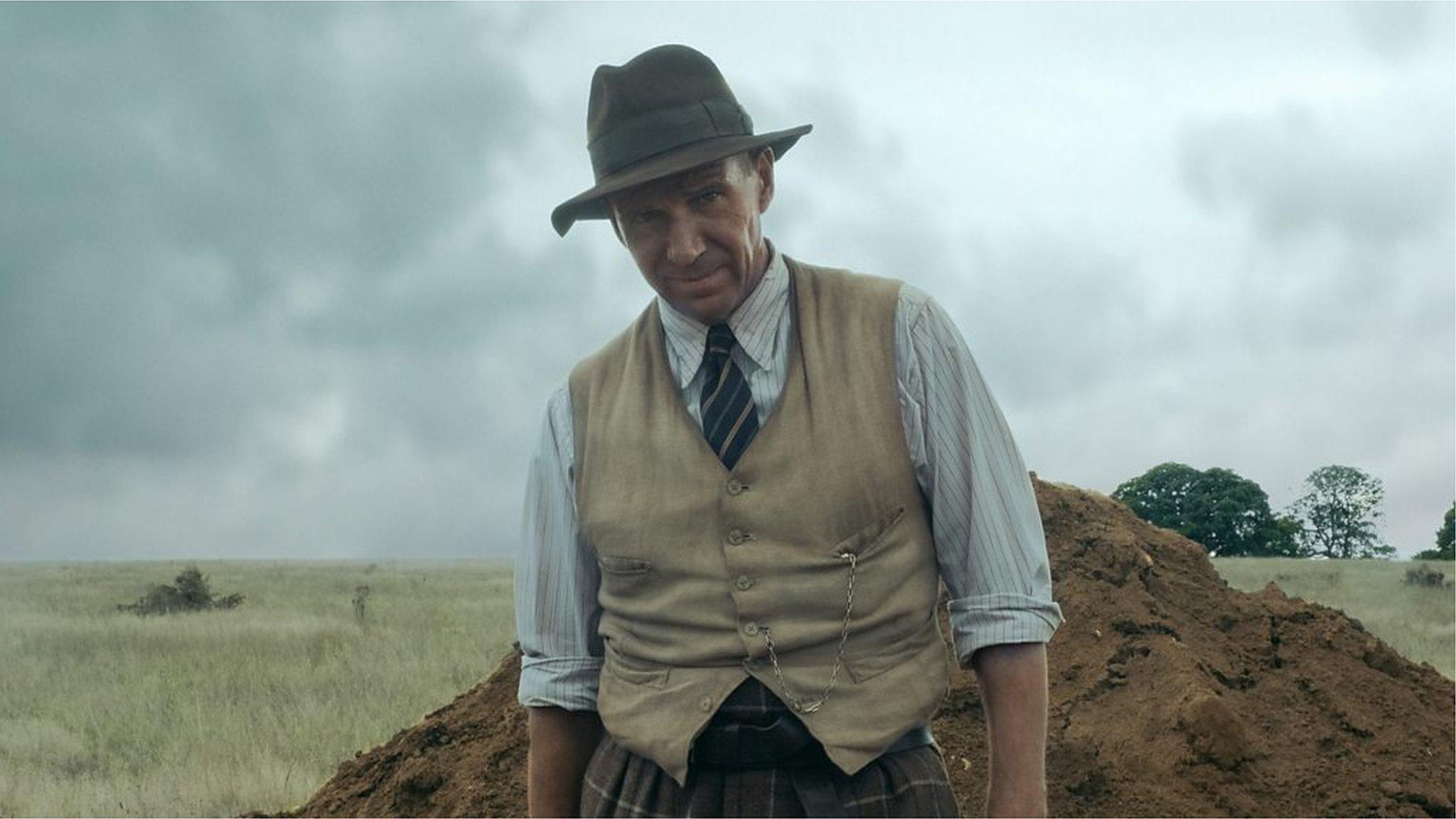Sutton Hoo to have fresh dig exploring 'mysterious features'
- Published
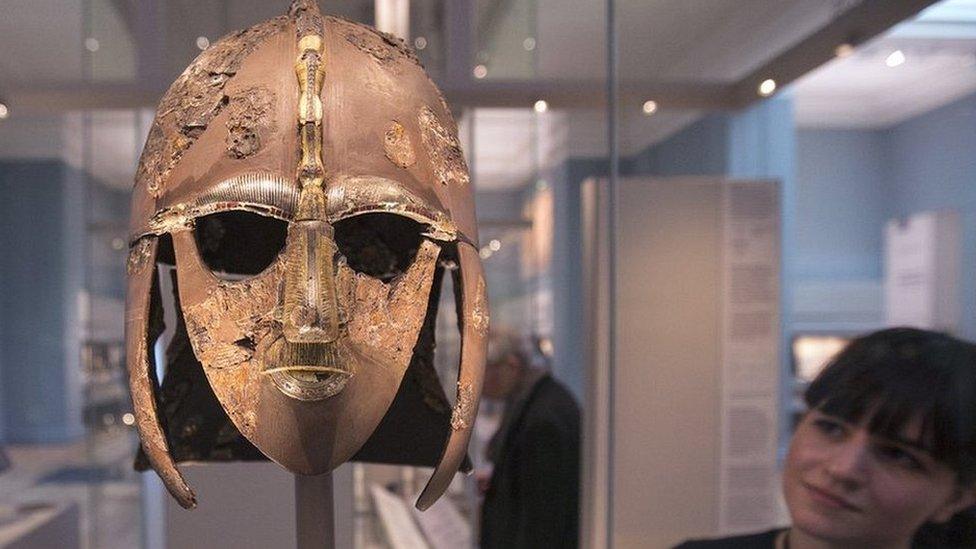
The remains of the Sutton Hoo warrior's helmet are at the British Museum, with the pieces mounted on a model showing the full shape of the headwear
"Mysterious features" found during a survey of Sutton Hoo are to be at the centre of a fresh archaeological dig.
A grave, burial ship and treasures, thought to be related to King Rædwald - the 7th Century Anglo-Saxon ruler of East Anglia - were revealed in 1939.
Researchers said a dig in June would see if the newly-discovered features were archaeological or geological.
Angus Wainwright, a National Trust archaeologist, said the project would be "painstaking".
The original excavation of Sutton Hoo, near Woodbridge, saw the unearthing of an Anglo-Saxon ship burial on the eve of World War Two. It was dramatised in the 2021 Netflix film, The Dig.

Work on the site began in 1938, but it was not until the following year the ship was found
To undertake the latest study, planned to take two years, the National Trust has joined forces with Time Team, external.
It would build on the work carried out by Time Team in 2021 and 2022, when it conducted magnetometry and ground penetrating radar surveys of both the Royal Burial Ground and Garden Field.
Mr Wainwright said a geophysical survey of the Garden Field had identified "several mysterious features".
"Garden Field has an extraordinary amount of archaeology in it, from prehistoric fields and possible burial mounds through to Roman settlements and an Anglo-Saxon cemetery, but who knows what else may be hidden there," he said.
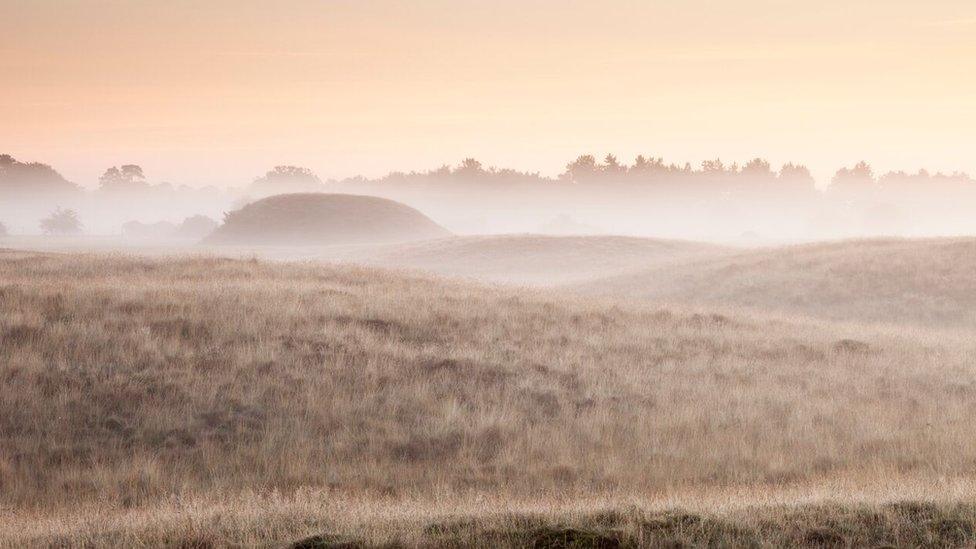
The burial ship was not the only find to be made at Sutton Hoo
The archaeologist said it was likely that prehistoric flint tools and fragments of Anglo-Saxon objects from burials would be found during the dig.
"The approach will be painstaking, recording all the finds in 3D from the ground surface, down through the plough soil until we reach the undisturbed archaeology," he added.
"The discovery of the Great Ship Burial in 1939 not only stunned the archaeological world, but set the scene for further exploration."

Follow East of England news on Facebook, external, Instagram, external and X, external. Got a story? Email eastofenglandnews@bbc.co.uk, external or WhatsApp 0800 169 1830
Related topics
- Published10 October 2023
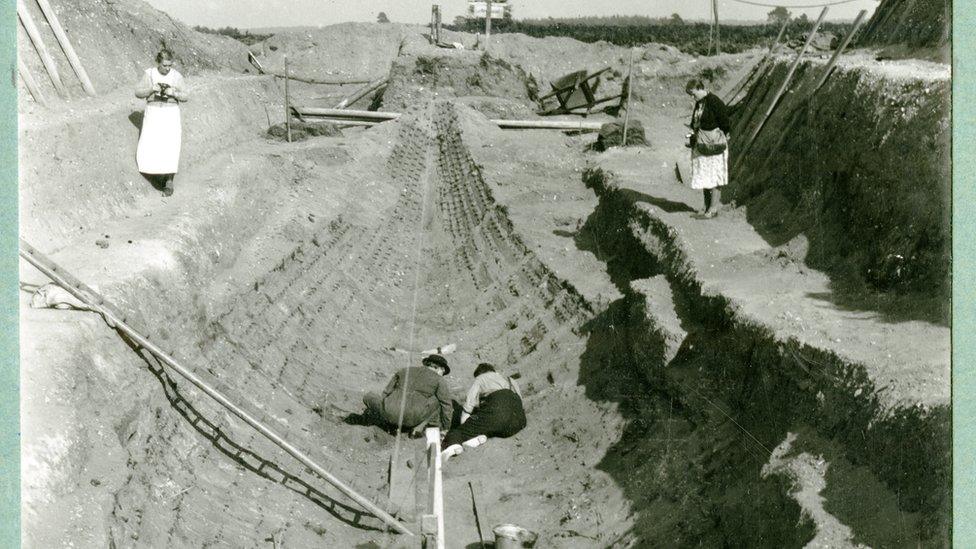
- Published12 August 2023
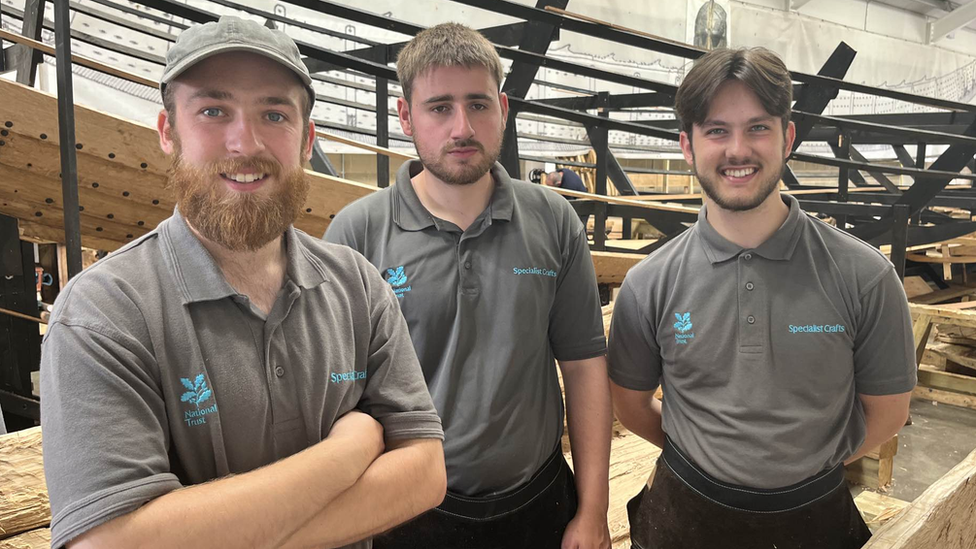
- Published29 September 2021
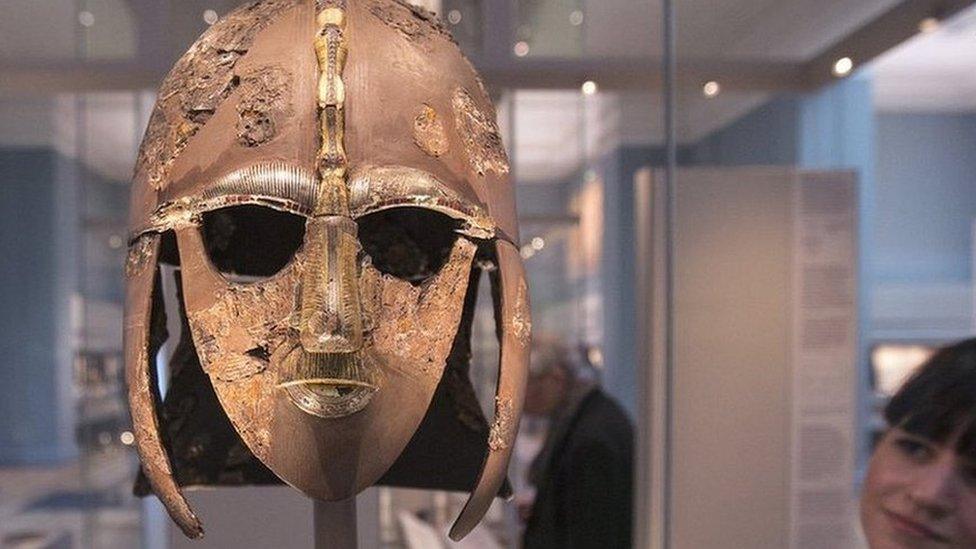
- Published27 June 2021
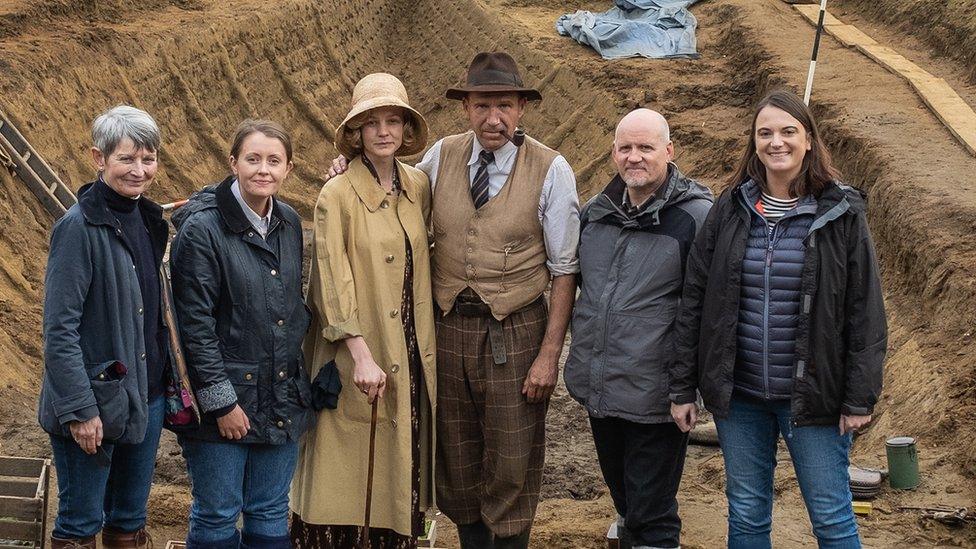
- Published14 January 2021
